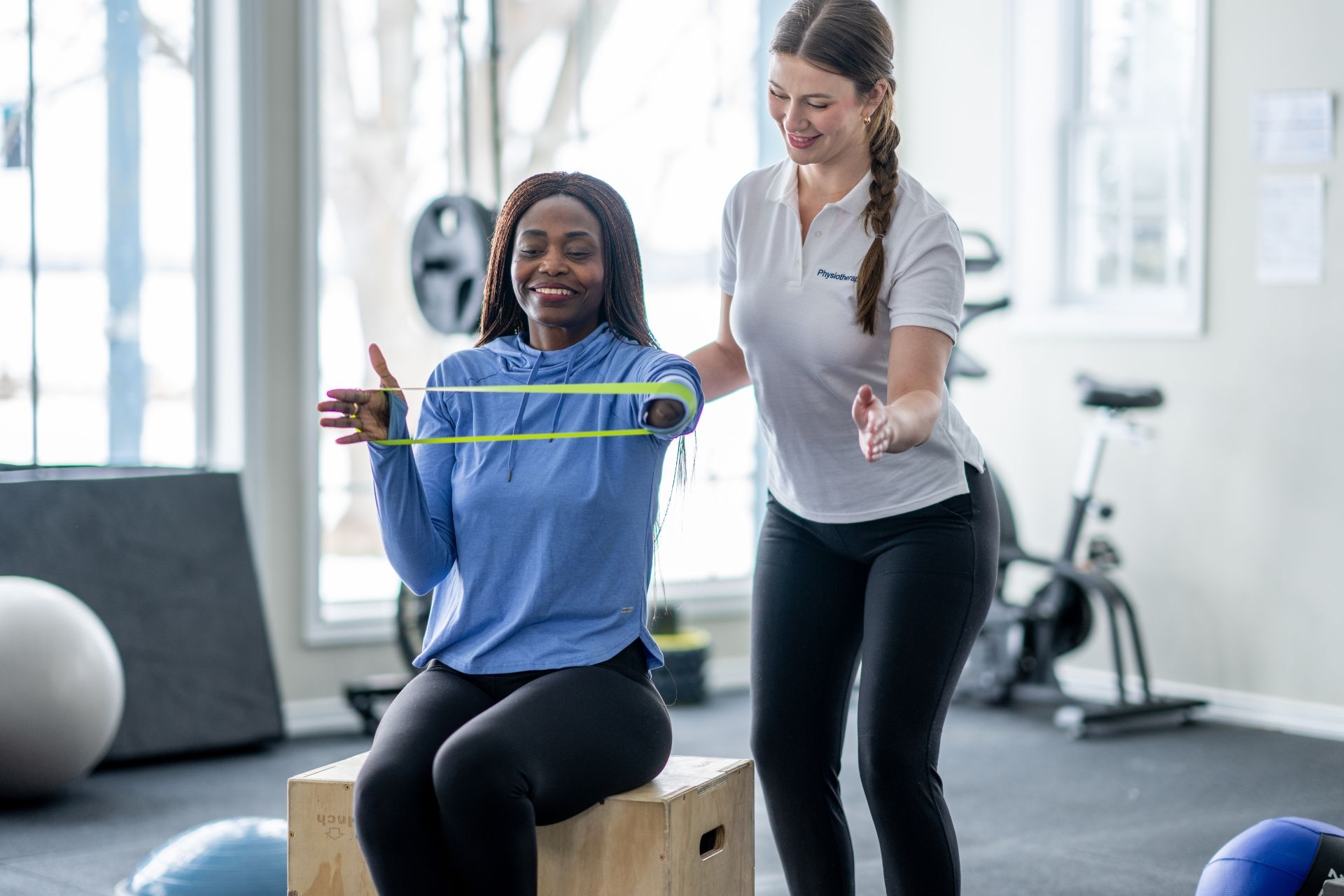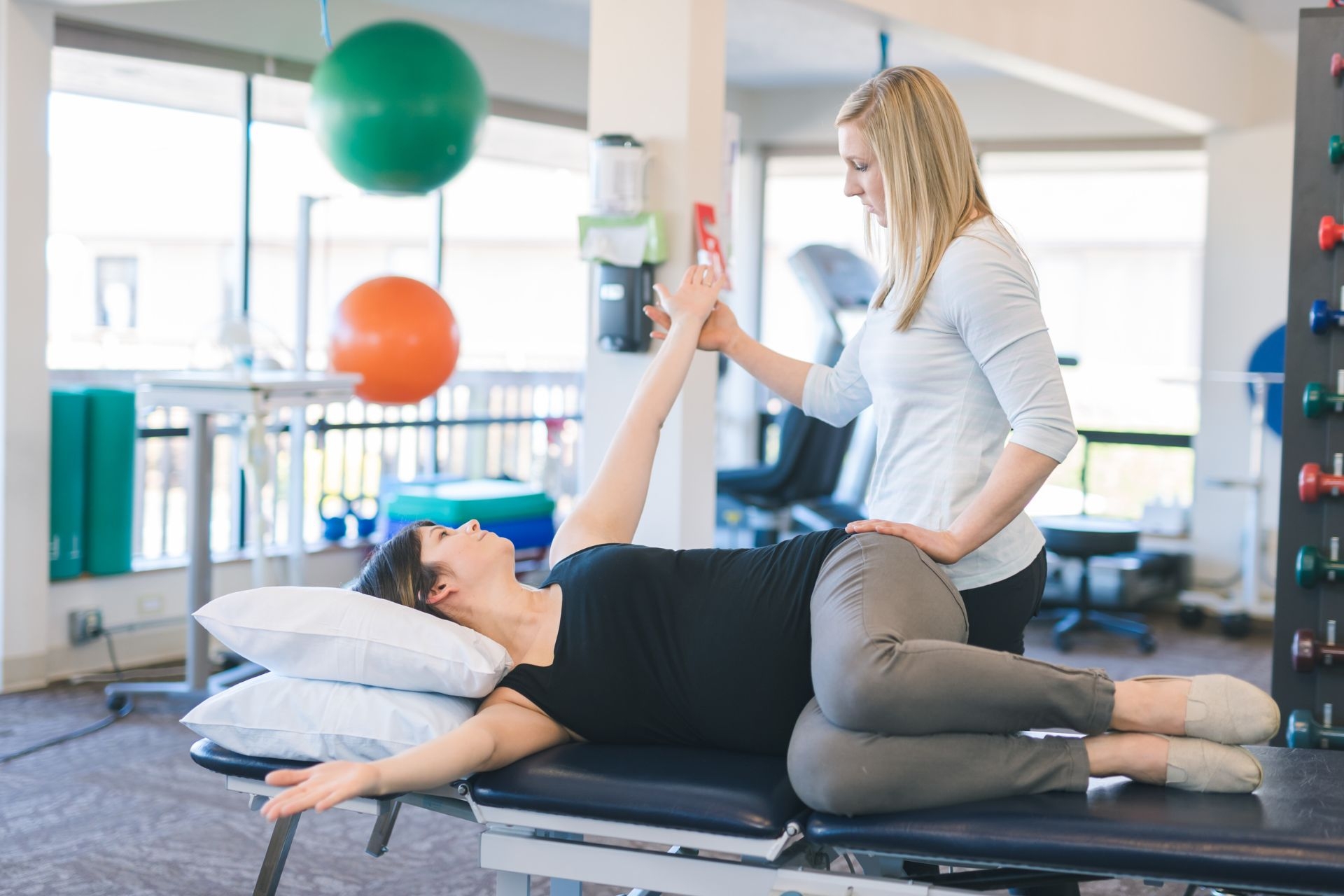Wrist Flexion and Extension
How does wrist flexion differ from wrist extension in terms of movement and muscle involvement?
Wrist flexion and wrist extension are two opposite movements of the wrist joint. Wrist flexion involves bending the hand towards the forearm, while wrist extension involves moving the hand away from the forearm. In terms of muscle involvement, wrist flexion primarily engages the flexor muscles located on the anterior side of the forearm, such as the flexor carpi radialis and flexor carpi ulnaris. On the other hand, wrist extension recruits the extensor muscles located on the posterior side of the forearm, including the extensor carpi radialis longus and extensor carpi ulnaris.



